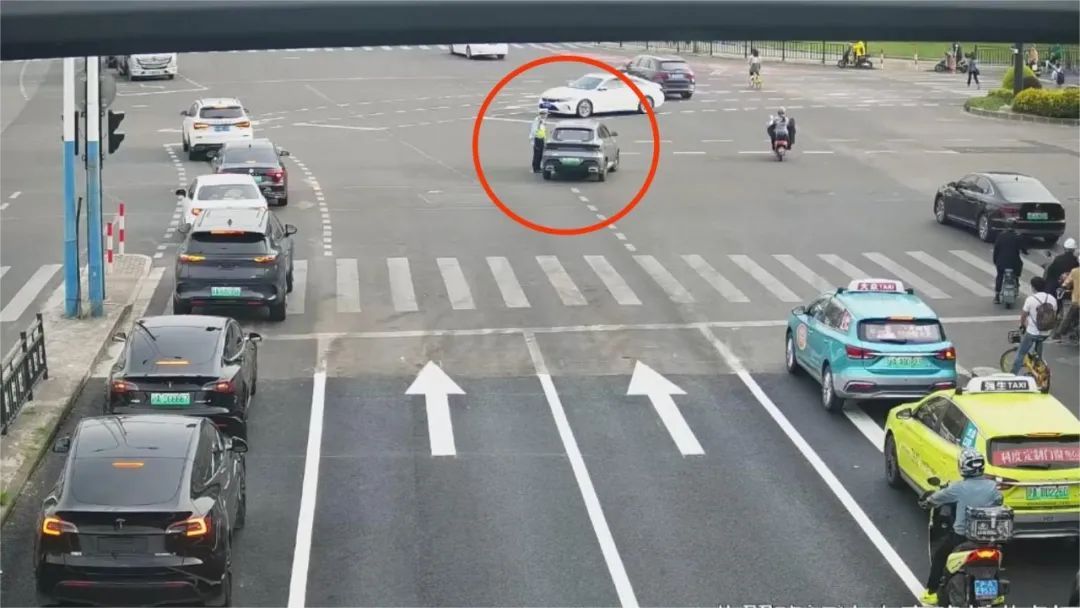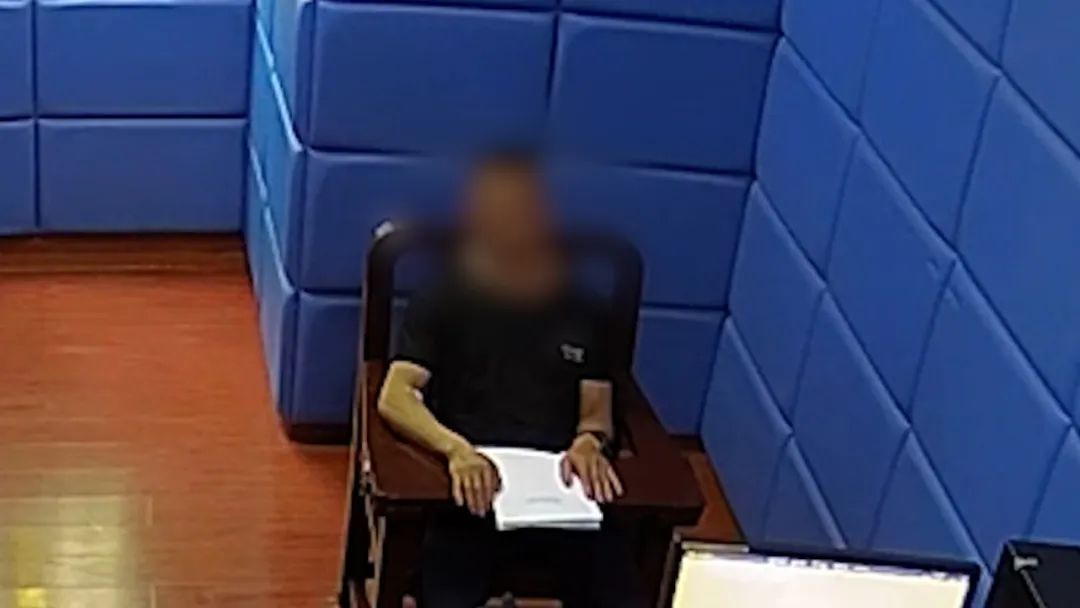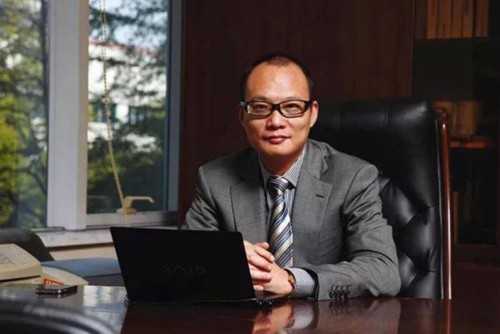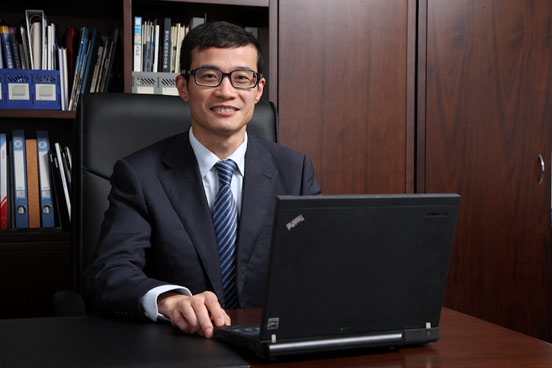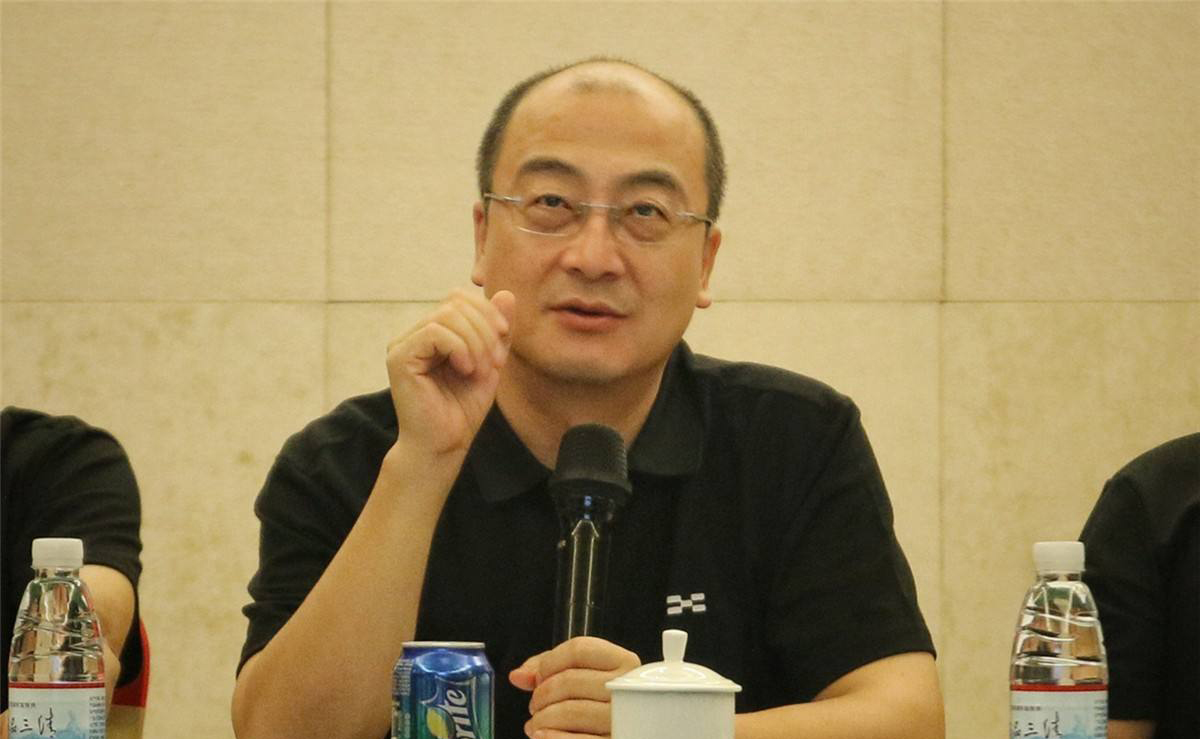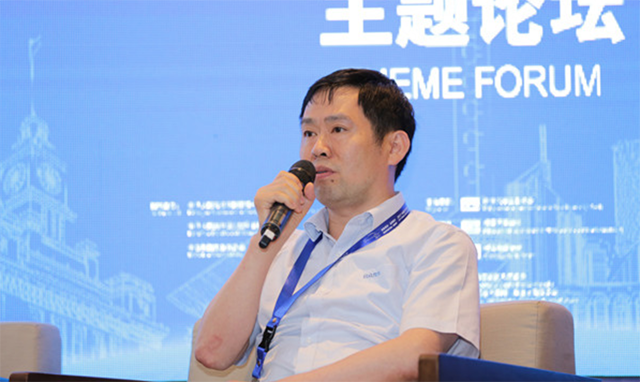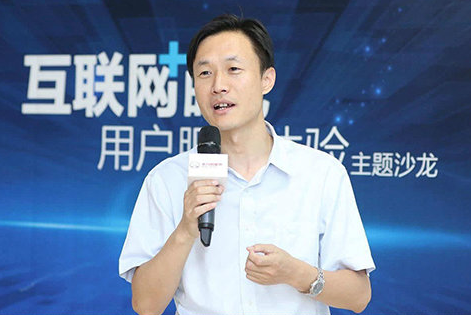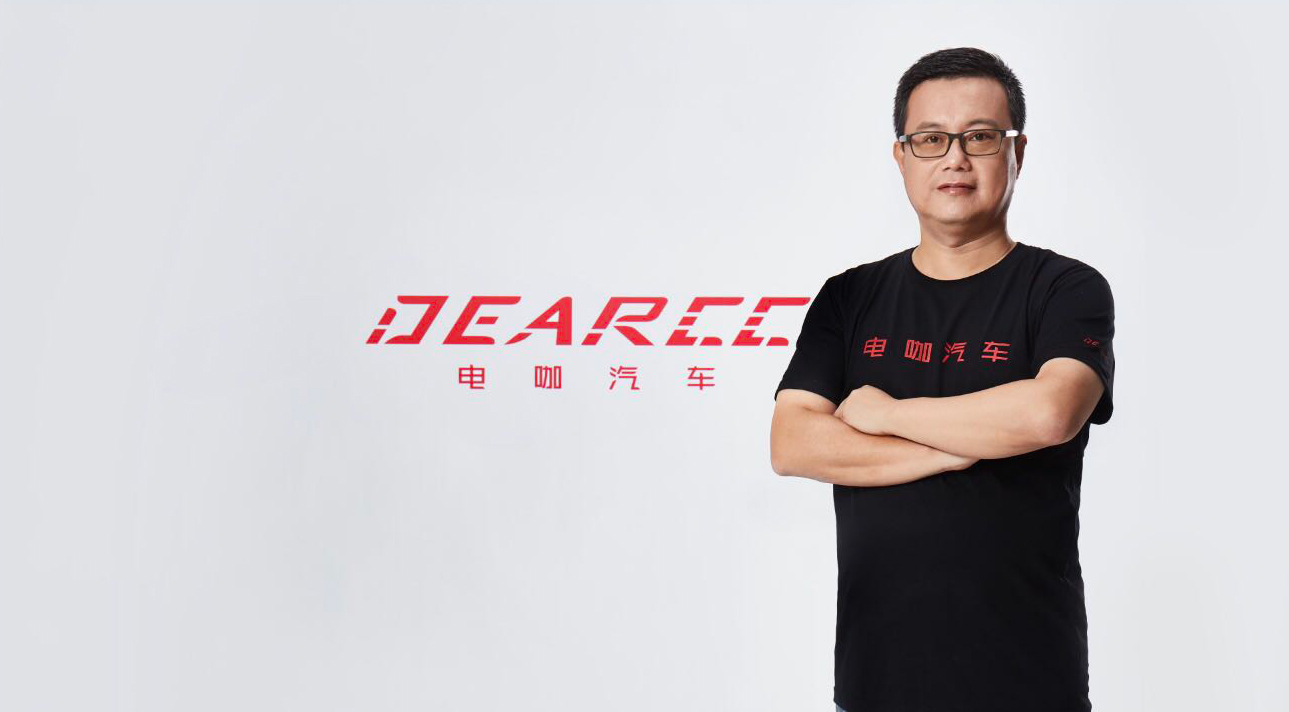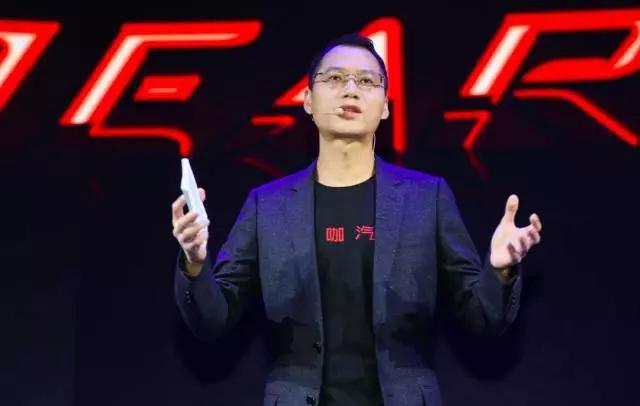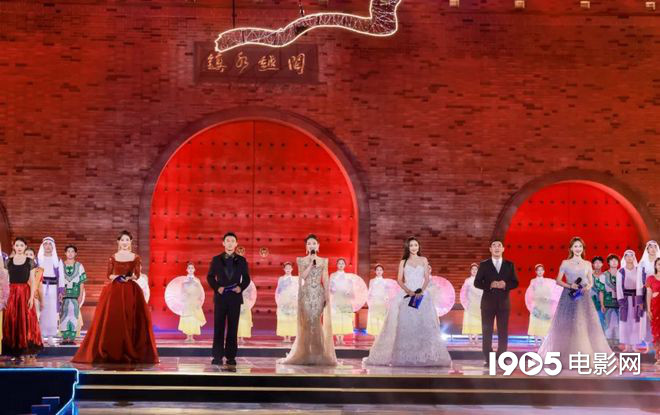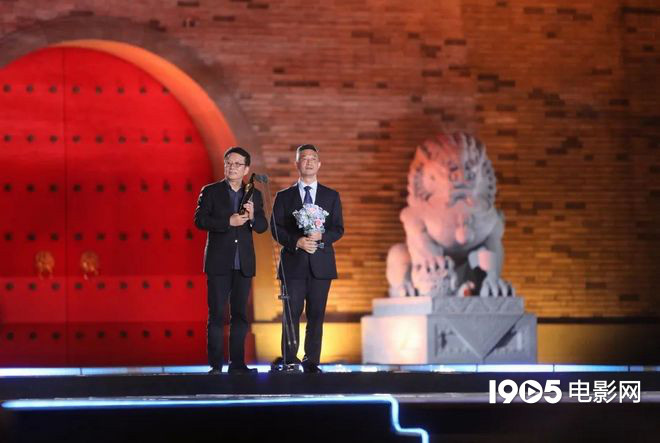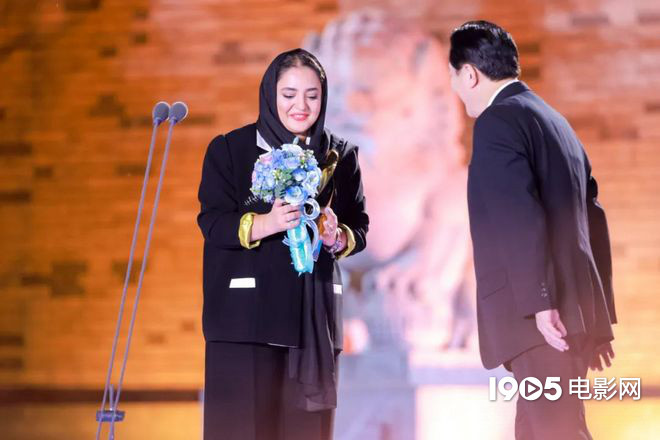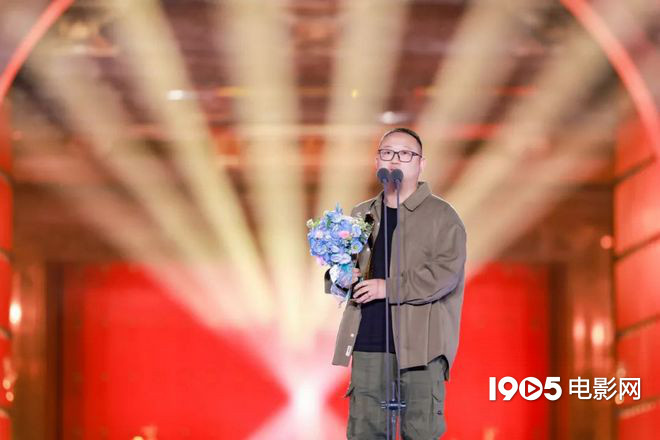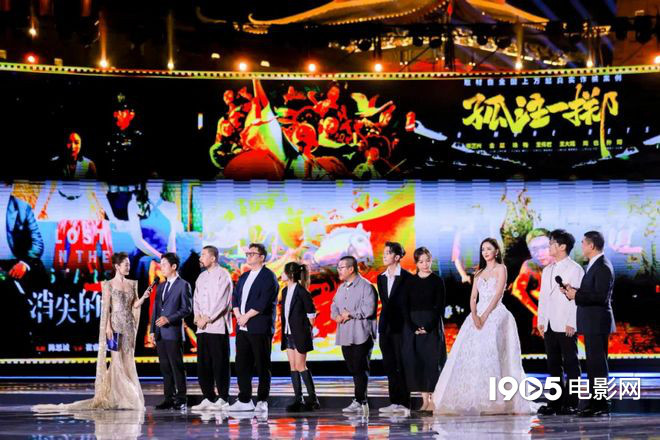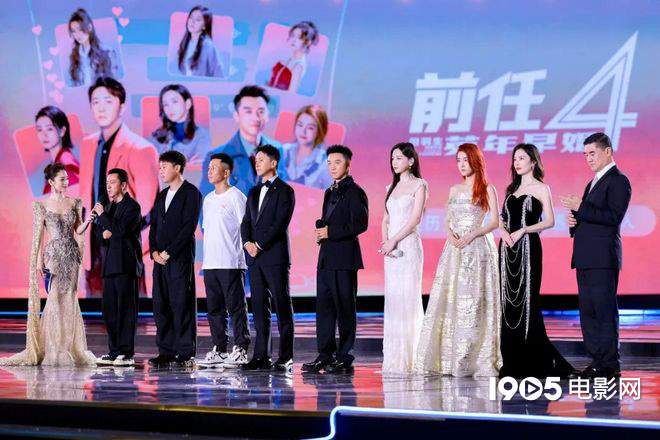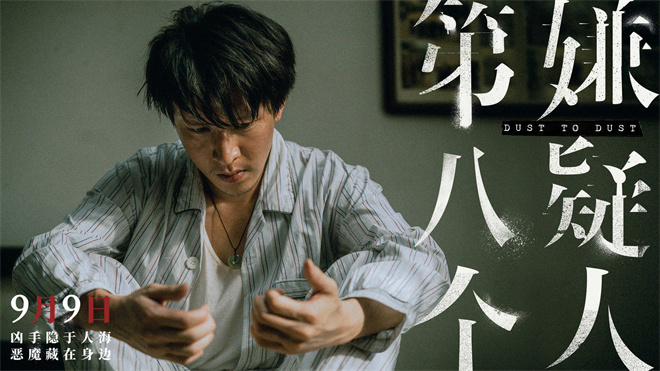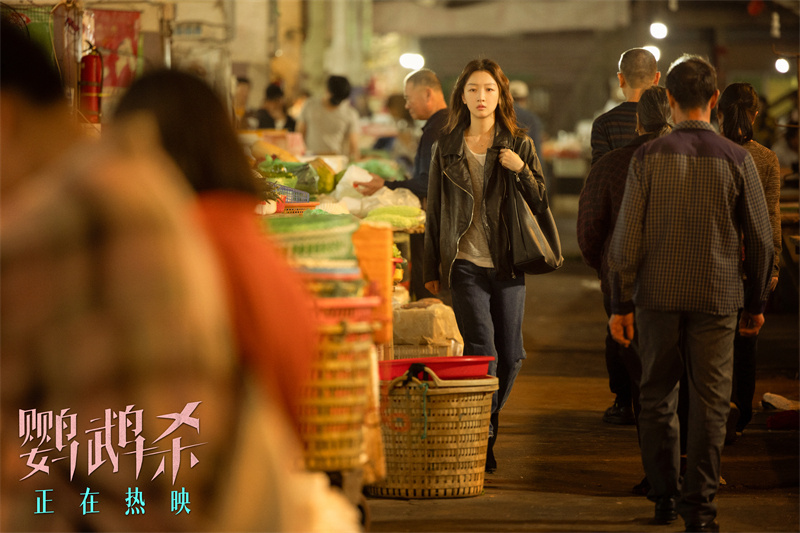The problem is not rectified. The Ministry of Ecology and Environment talks about these six places in the Yangtze River Economic Belt
Xinhua News Agency, Beijing, February 22nd Title: The problem is not rectified. The Ministry of Ecology and Environment talks about these six places in the Yangtze River Economic Belt
Xinhua News Agency reporter Gao Jing
On the 22nd, the Ministry of Ecology and Environment interviewed the governments of six cities (districts) including Chizhou, Anhui Province, Shangrao, Jiangxi Province, Xiaogan, Hubei Province, Hengyang, Hunan Province, Nanchuan, Chongqing City and Suining, Sichuan Province.
Xu Bijiu, executive deputy director of the Central Ecological and Environmental Protection Inspector’s Office, said that in 2020, the ecological and environmental warning film of the Yangtze River Economic Belt revealed that the six cities (districts) highlighted the ineffective rectification of ecological and environmental problems, and there were widespread problems such as inadequate ideological understanding, lagging progress in rectification tasks, and lax environmental supervision. This is the first time that the Ministry of Ecology and Environment has focused on the protection of the Yangtze River and conducted centralized interviews with local governments.
What are the ecological and environmental problems in 6 places?
[Chizhou: illegal mining is carried out in the name of restoration]
In July 2017, after the first round of inspectors gave feedback on the disorderly exploitation of mineral resources in Anhui Province, dongzhi county issued a document requesting to close the limestone mine of Shunsheng New Materials Technology Co., Ltd. located in Dali Mountain Provincial Scenic Area, and start the mine geological environment restoration and treatment project, which will be completed before the end of 2018.
Xu Bijiu pointed out that the recent investigation found that the problem of ecological damage caused by illegal mining has not been effectively solved. Dongzhi county Housing and Urban-Rural Development Department and Scenic Area Management Office allow enterprises to exploit illegally for a long time. Chizhou City, the former Bureau of Land and Resources violated regulations to extend mining rights for enterprises. In the name of restoration, the local government actually exploited the gentle slope instead of cutting the slope, and urgently changed the treatment plan before the rectification expired, making changes and taking shortcuts.
[Shangrao: Pollution rectification of landfill site goes through the motions]
The leachate treatment facilities of Fengshun Domestic Waste Landfill Site in Shangrao City have been out of normal operation for a long time, and the effluent seriously exceeds the standard. Shangrao City’s rectification plan clearly requires that the rectification be completed before the end of June 2019.
Xu Bijiu said that the investigation found that Shangrao City Administration did not conduct a comprehensive investigation on the environmental pollution of domestic waste landfills in the city, and the environmental pollution problems of domestic waste landfills in Poyang, Yugan, Lead Mountain and Wuyuan counties were outstanding. Shangrao Development and Reform Commission took "insufficient professional level" as an excuse, and the rectification supervision went through the motions. Xinzhou Branch of Shangrao Ecological Environment Bureau failed to do a good job.
[Xiaogan: Throw the "pot" to the reporters]
During the inspector’s "looking back" in 2018, the people were assigned to report the ecological damage caused by the illegal occupation of Huanglong Lake in Hanchuan City. According to the investigation results of Hanchuan City, Xiaogan City publicly recognized that the reported problem was not true.
Xu Bijiu said that the investigation found that since 2016, Yulong Group Co., Ltd. has successively filled seven lakes within the waters of Huanglong Lake, occupying a total of 198.33 mu of the lake. In the case that the investigation reports of the two units were obviously inconsistent, the Hanchuan Municipal People’s Government did not organize verification again, that is, it was determined that the mass report was not true. At the same time, the investigation found that Hanchuan Water Resources and Lakes Bureau transferred some lake waters out of the protection scope without authorization, resulting in the transferred waters eventually being filled up.
[Hengyang: the tailings pond is seriously polluted]
During the first round of inspectors and "looking back", the inspector group assigned the masses to report the ecological and environmental problems of Hengdong Jinlong Mining Co., Ltd. 11 times.
Xu Bijiu introduced that some leading cadres in Hengyang believe that it is difficult to rectify the problem, and there is a fear of difficulties, and they dare not be more serious. The environmental improvement of tailings pond is still not in place. Investigators’ monitoring of tailings residue showed that the total cadmium concentration exceeded 4 mg/L, which was much higher than the limit of 1 mg/L of hazardous waste identification standard. Local party committees and governments have long focused on the interests of visiting and complaining, failing to really solve environmental problems and being slow to respond to people’s demands.
[Nanchuan: If the problem is not solved, it will be reported to rectify the sales number]
In 2017, inspectors gave feedback on the long-term pollution of the surrounding environment by leachate from the tailings pond of Pioneer Alumina Company. According to the plan, the local government should complete the rectification before the end of 2017.
Xu Bijiu said that Pioneer Alumina Company lowered the engineering standards without authorization, failed to transform the original flood interception ditch of Wujiagou red mud tailings pond according to the design drawings, and the drainage facilities and emergency pools were not built as required or failed to meet the design standards. Nanchuan District did not supervise the implementation, and the leakage pollution was not completely solved, so it was reported to the rectification sales number.
[Suining: perfunctory rectification of long-term direct discharge of sewage]
In 2019, the Yangtze River warning film revealed that a large amount of domestic sewage in Shehong City was directly discharged into the Minjiang River through the overflow port of the county sewage treatment plant. According to a recent investigation by the Ministry of Ecology and Environment, the problem of direct discharge of local domestic sewage is still serious, and the chemical oxygen demand, ammonia nitrogen and total phosphorus concentrations of overflow sewage are seriously exceeding the standard.
Xu Bijiu pointed out that the Housing and Urban-Rural Development Bureau of Shehong City had a serious problem of perfunctory rectification, and even though it knew that the sewage treatment plant was overflowing, it still formed a sales number report.
Why is this interview aimed at these six places?
Xu Bijiu said that this is the first time to conduct a centralized interview on the protection of the Yangtze River. The CPC Central Committee and the State Council attached great importance to the great protection of the Yangtze River. The recent meeting of the leading group for the development of the Yangtze River Economic Belt proposed that we should pay close attention to the rectification of outstanding and key problems in the ecological environment, pay attention to comprehensive investigation and systematic rectification, trace back to the source, catch the end and achieve results.
He said that the purpose of the interview is to conduct pressure and promote the problems that have been found to be solved. After the interview, the Ministry of Ecology and Environment will also pay close attention to the progress of problem rectification and effectively promote the resolution of related environmental problems.
"This interview has sent a clear signal to the society." He said that the phased objectives and tasks of the "Thirteenth Five-Year Plan" for pollution prevention and control have been successfully overfulfilled, but we must not have the idea of resting and relaxing. We must still maintain our strategic strength, keep our direction unchanged, and work hard to prevent and control pollution.
How do the interviewed places express their opinions and rectify?
"Deeply remorse", "accept all the questions according to the list" and "learn from the lessons and draw inferences from others" … … At the interview meeting, the heads of the six governments made speeches, expressing their sincere acceptance of the interview, facing up to the problems, drawing inferences from others, improving the mechanism, and resolutely doing a good job in the protection of the Yangtze River.
The Ministry of Ecology and Environment requires that the party committees and governments of the six cities (districts) should carefully analyze the causes of the problems, formulate operational, inspectable and assessable rectification plans, and draw up the accounts and settle the sales numbers. At the same time, it is necessary to investigate the outstanding ecological and environmental problems disclosed by the central eco-environmental protection inspector and the Yangtze River warning film in recent years to ensure that the rectification effect can stand the test.
According to the problems pointed out in the interview, the party committees and governments of six cities (districts) should scientifically formulate rectification plans, send a copy to the Ministry of Ecology and Environment and the local provincial people’s government within 20 working days, and make them public simultaneously.



